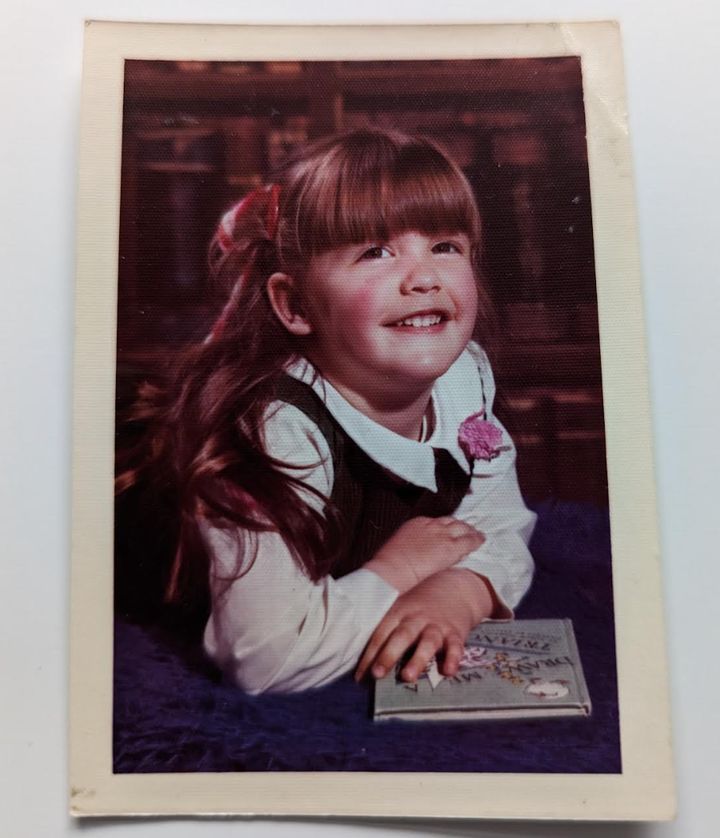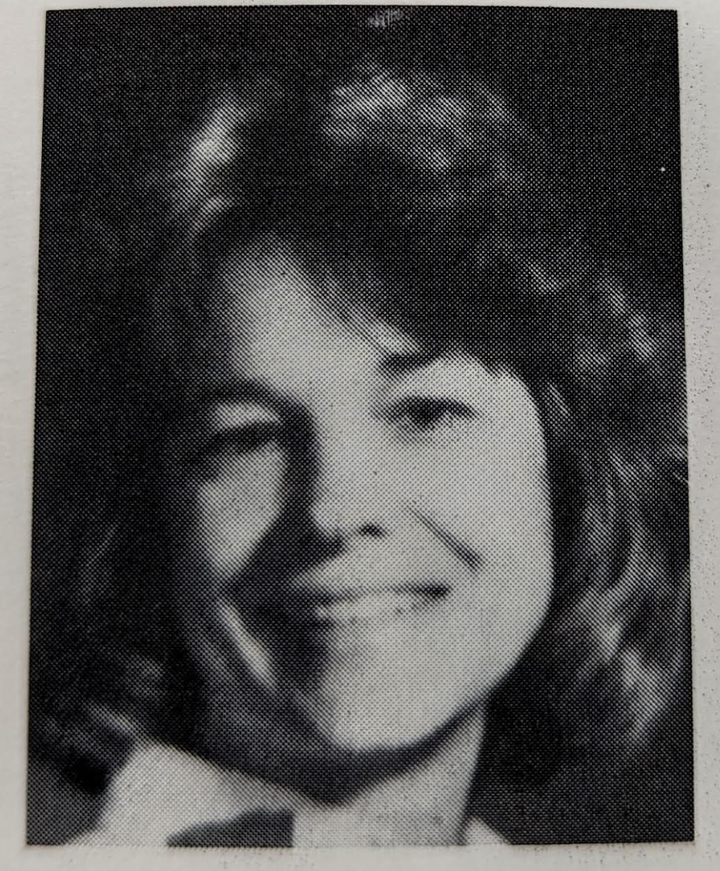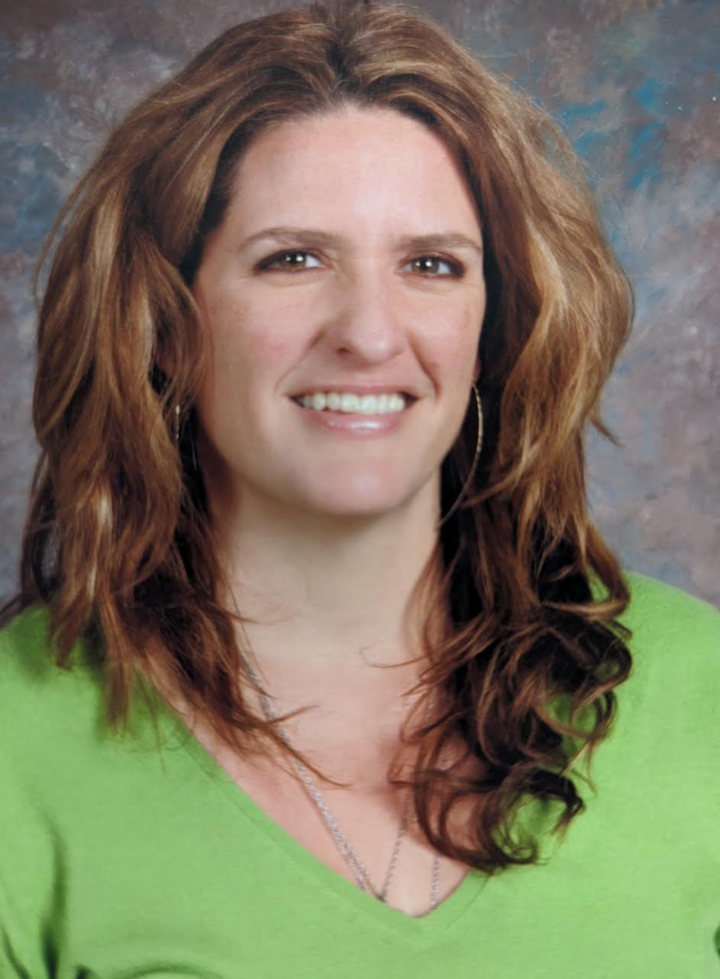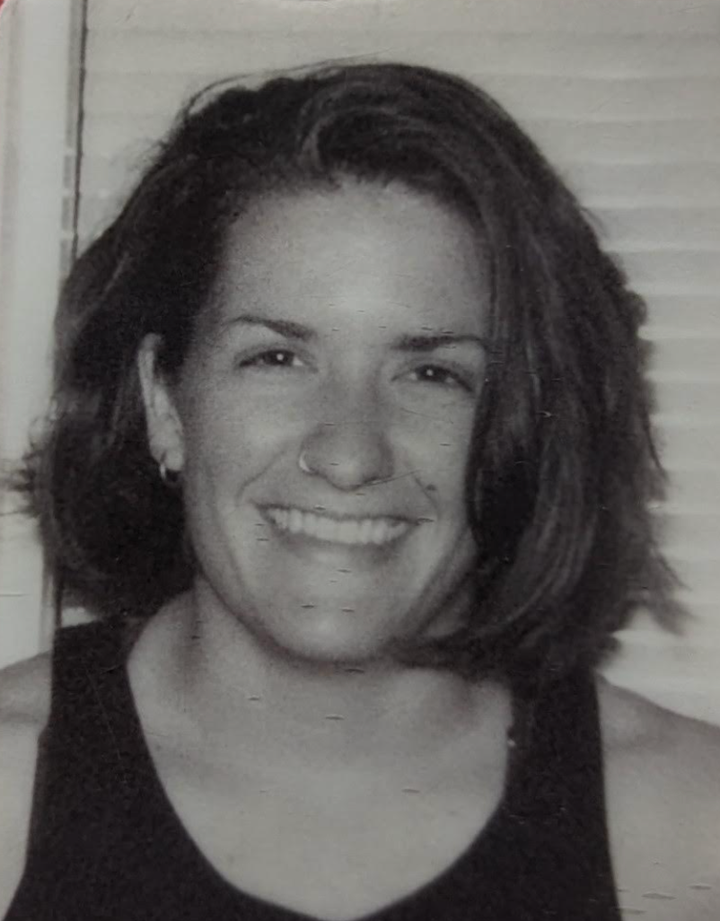
I believe my suicide plans were justified. My childhood had been gruesome. The Cliffs Notes: My father died when I was 1. My mother married a monster when I was 6. I took a final beating, ran away and was homeless at 13. I got locked in a child torture factory at 14. A year and a half later, when I returned to my old high school, I was psychologically sliced and diced. I was human roadkill.
Here’s where the story turns happier. I had that teacher. The one who pretends she doesn’t see you slide in late, because when the halls are thick with mean girls, you need to hide in the bathroom. The one who assigns groups herself, so you’re not the kid who goes unpicked. The one who pulls your paper from the stack and reads it out loud to the class as an example of fabulous writing.
She turned vocab into bubble gum, rolling the syllables over her tongue and breathing the words into lusciousness. “Cajole,” “incandescent” and “ponderous” morphed into a singsong cry.
“Come, dear hearts!” she might say, dashing to the open classroom window. “Why must I cajole you to appreciate the incandescence of nature? Lift your ponderous adolescent bones! Inhale the lush green waft of spring!”
Her passion and validation were a balm for my ravaged soul. In 45-minute chunks, over the span of a few semesters, this teacher did the job no one in my family had done: She made me feel safe and maybe, kind of, almost hopeful. Because of her — and because she had the autonomy to teach with engaging texts and the bandwidth to care about students — I stayed alive.
Of course, I became a teacher. I believed my job was to do what she had done— to give desperate teens the escape hatch of good books and the lifeline of human connection.
Teaching was great when I was in the Northeast. I started at an inner-city school where every student qualified for free lunch. The one guy who sat and read the newspaper instead of teaching was an outlier. The rest of us cared, even though we had no paper to make copies and there were no doors on the bathroom stalls. We worked with what we had — and what we had were dusty old books from the storage closet.

In my first year, when the class had finished “Flowers for Algernon” and moved on to “Coming of Age in Mississippi,” a kid asked to stay after class for help. He read a paragraph out loud, sat back in his chair and squeezed his chin. Then he dropped the brain bomb. “So... she realised religion was being used to keep her silent, so she wouldn’t fight the racism all around her?”
That kid, in that moment, cracked open a vault. Books + contemplation = personal power. I was hooked.
Teaching stayed great at my next school, in a city with a large tax base and, therefore, a lot of service workers. At the public high school, where I taught their children, we had the miracle of discretionary cash.
“What do you love?” I’d ask my students, 11th graders reading at the seventh-grade level. Basketball, they said. Makeup. Love. We found young adult books on these topics — brand new! Recently published! — and built classroom libraries from which kids could choose. And we read. For pleasure. And they wrote about what they were reading and how it connected to their own lives.
Victories happened in this school. Kids’ literacy levels skyrocketed. Chronically absent students showed up every day. Teachers spent lunch periods talking about teens’ individual needs. I had found nirvana.
Then my partner received a job offer in the South. We looked at the low cost of real estate. We looked at the 3 feet of snow outside. And I spoke my famous last words: “I can teach anywhere!”
So he took the job, we moved seven states down and teaching became a hellscape. At my first school in the South, a recently immigrated boy, always attentive and eager to learn, fell asleep in class. When I crouched down to check on him, he told me he’d been hit by a school bus that morning. No one had called his mom.
In a staff meeting, when a colleague complained about their whole class failing a quiz, the department chair quipped, “You can’t make a computer work if it has no hard drive!”
On my first day of almighty state testing, a student shared that she had attempted suicide the night before. When I told her that her parents would be taking her in for a risk assessment, she sobbed. “I’ll only go if you come, too!” she told me.
It was the end of the school day. I brought my box of completed tests to the guidance office and told the woman in charge I had to go with a suicidal student to the emergency room. She yelled — literally yelled — at me, “You can’t just drop and go! These are official state tests!”
Shortly thereafter, the news reported that the principal of the school had been fired for assaulting a student.

The timing of my move South dovetailed with major shifts in U.S. educational policy. No Child Left Behind was designed to “advance American competitiveness.” The law focused on school accountability, as demonstrated through — wait for it — standardised testing. It was followed by the Common Core State Standards Initiative, which flipped the onus for student test scores from the school district onto — you ready for this? — individual teachers themselves.
This shift in paradigm — from analysing and discussing various topics to picking the single correct answer on a multiple-choice assessment — was the ultimate sad trombone for American education. Teachers got scared, teaching methods turned rote and reading instruction became dry, boring, stand-alone paragraphs with no context to a bigger story.
In English department meetings, the buzz phrase was now “Greek and Latin roots.” The best of us had rows of Axe-scented teenagers chanting half-words, drilling them into memory: Abac-: slab. Acm-: point. Acr-: bitter. I didn’t have that skill. In my heyday I could have 30 youthful offenders pissed when the lunch bell rang because they didn’t want to quit reading “Monster,” a book narrated by a 16-year-old on trial for murder. But I couldn’t demand obedient repetition.
Instead, I drew from a bone-deep understanding of the adolescent mind. As they go through their massive, rapid personality growth spurt, teens are curious about things that relate to themselves, to their place in the social structure. They seek autonomy, crave connection and have zero motivation to grind out “correct” answers to meet some district’s proficiency goals. If my own teacher had been forced to use such gulag tactics, I wouldn’t be here writing this. I wouldn’t be here at all.
A few years later, I taught at an alternative school. Students were there because they’d smoked weed in a bathroom or they’d used their school laptop to send nudes. The kindly Christian principal told a tradesman, “I truly believe the devil is in these children.” The devil was contained by keeping the students in one room for the seven-hour school day. When a screaming child from the elementary side was carried down the hall to the restraint room, it was a challenge to keep my students from bum-rushing the slat window in the classroom door.
My last teaching job was at an “elite” suburban high school, where I would teach English as a second language to immigrant students. I negotiated a classroom for us: an oversized closet in the library. Within those walls my students and I were safe. The problem was that high school students don’t take just English. They must also take biology, American history, algebra and art.

The school’s stock-in-trade was its percentage of graduates who went on to impressive colleges. “Rigor!” was the staff meeting battle cry. Sons and daughters of doctors and lawyers stayed up past midnight completing their reams of homework. The general ed teachers took pride in both the school name on the breast of their poly-blend polos and the insignia that lay beneath it. They had no mercy for my immigrant students. They either passed the same test as the native English speakers or they failed the class.
Risking the sniper in the front office window, I began sneaking off campus to see a therapist right after the final bell. It was on her sofa that I realised I had to quit. I’d worked at seven schools in 10 years, trying to find a place where I could support kids without being crushed by flashbacks to my own abusive childhood. It wasn’t working. I was crushed.
When a 14-year-old boy who had been in the U.S. for three months couldn’t spell fuchsia, he got an F in art. This meant he would have to repeat ninth grade. The teacher wouldn’t budge. “If some students have to meet the standard, all students have to meet the standard.” I couldn’t — I can’t — fathom that lack of empathy. I had to walk away from her — and from the system that created her. I put in my notice that day.
Many teachers, burnt as they may be, don’t have that luxury. I spent years fruitlessly searching for a career I could pivot to with my English and education degrees. No dice. It wasn’t until I built my side hustle into a viable business that I could walk away. Those still in the classroom have had to adapt to the role of academic prison guard. It’s a basic needs thing. When it’s a battle between your livelihood and your students’ engagement, the paycheck is going to win.
Now, as a teen life coach, I work with students all over the country. They share their depression, their anxiety and their nightmarish high school experiences. There is no joy for these kids in school, no engaging books or exuberant vocabulary. There is pressure to excel. There is competition. There is memorisation and regurgitation. But there is no joy.
Given these realities, it’s no wonder the Centers for Disease Control and Prevention recently released findings on the skyrocketing rates of depression and suicidality among teenagers. It’s no wonder there’s an exodus of teachers from American classrooms.
The results of the emphasis on standardised testing speak for themselves. The most recent data from NAEP, known as the Nation’s Report Card, shows 12th-grade literacy levels down 7 percentage points from 1992, when my teacher was luring students into a love of reading. They’re down 2 points from 2015, when Common Core launched. Today’s headlines illustrate a new trend: students disappearing. Post-pandemic, millions of kids simply haven’t returned to school.

A few years ago, I returned to my own high school to speak. At the end of my presentation, someone in the back row stood up. It was my teacher. The one who turned vocab into bubble gum. Thirty years after she saved my life, there she was, still caring. Still validating. Gimme a sec — let me sponge this water off my keyboard.
That teacher is no longer teaching.
This fall I went back up north to visit my colleagues from the city school — the one with the heavy tax base. Most of them are retiring after this year.
On social media, I’m in touch with the handful of teachers from the elite school who had the chutzpah to prioritize kids’ needs. They’ve all since left the classroom.
Meanwhile, kids are in the pressure cooker of school all day, being drilled with test prep. They’re anxious. They’re depressed. Some are suicidal. Almost all of them are waiting for the final bell, so they can escape into the simulated fun of TikTok.
The fix is right there in the abandoned book closet: riveting texts related to kids’ own interests. It’s in the creation of lesson plans that foster curiosity and community. It’s in the hearts of all the teachers who signed up to care about kids, not to crush them.
My teacher worked miracles in 45 minutes. My colleagues and I, in high-poverty schools, did the same. Can we let today’s teachers replace testing and data with connection and engagement? I hope so. It’s a matter of life and death.
Cyndy Etler is the author of young adult memoirs “Dead Inside,” about the 16 months of childhood she spent locked in a warehouse, and “We Can’t Be Friends,” about her return to high school post-incarceration. She is also a certified teen life coach.